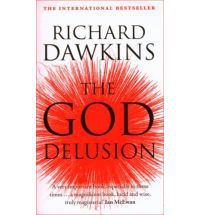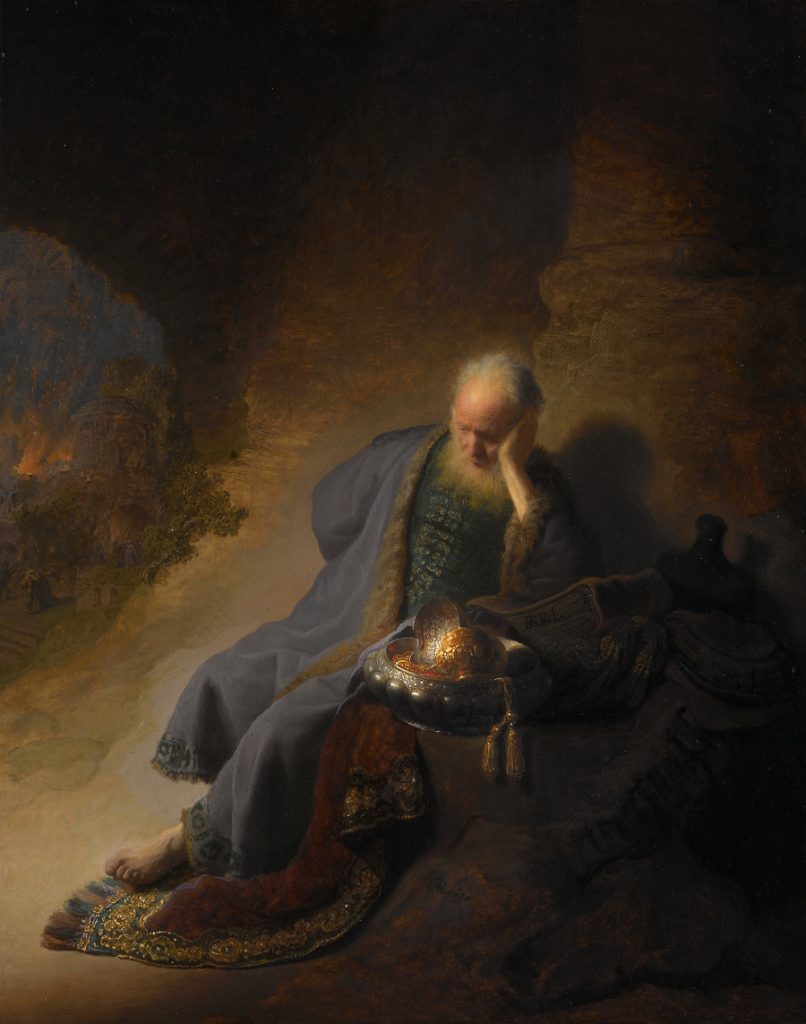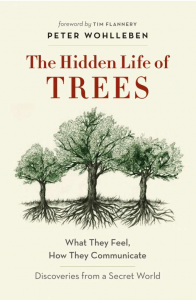
Though in recent years I have preferred to see the author of the second gospel as a creative writer (with some subsequent editorial additions made to give us the canonical version we know today) my reading has only skimmed the surface of what is available and I remain open to other possibilities. Roger Parvus cited The Sources of the Second Gospel by A. T. Cadoux as one work that has proposed the Gospel of Mark (GMark) used other earlier gospels as sources. Luckily an old copy of Cadoux somehow found its way into my mailbox so I can set out now the evidence for this hypothesis.
1. Two Accounts of the Feeding of the Multitudes
| Mark 6:33ff | Mark 8:1ff |
| 33 But the multitudes saw them departing, and many knew Him and ran there on foot from all the cities. They arrived before them and came together to Him. 34 And Jesus, when He came out, saw a great multitude and was moved with compassion for them, because they were like sheep not having a shepherd. So He began to teach them many things. 35 When the day was now far spent, His disciples came to Him and said, “This is a deserted place, and already the hour is late. 36 Send them away, that they may go into the surrounding country and villages and buy themselves bread; for they have nothing to eat.”
37 But He answered and said to them, “You give them something to eat.” And they said to Him, “Shall we go and buy two hundred denarii worth of bread and give them something to eat?” 38 But He said to them, “How many loaves do you have? Go and see.” And when they found out they said, “Five, and two fish.” 39 Then He commanded them to make them all sit down in groups on the green grass. 40 So they sat down in ranks, in hundreds and in fifties. 41 And when He had taken the five loaves and the two fish, He looked up to heaven, blessed and broke the loaves, and gave them to His disciples to set before them; and the two fish He divided among them all. 42 So they all ate and were filled. 43 And they took up twelve baskets full of fragments and of the fish. 44 Now those who had eaten the loaves were about five thousand men. |
1 In those days, the multitude being very great and having nothing to eat, Jesus called His disciples to Him and said to them, 2 “I have compassion on the multitude, because they have now continued with Me three days and have nothing to eat. 3 And if I send them away hungry to their own houses, they will faint on the way; for some of them have come from afar.”
4 Then His disciples answered Him, “How can one satisfy these people with bread here in the wilderness?” 5 He asked them, “How many loaves do you have?” And they said, “Seven.” 6 So He commanded the multitude to sit down on the ground. And He took the seven loaves and gave thanks, broke them and gave them to His disciples to set before them; and they set them before the multitude. 7 They also had a few small fish; and having blessed them, He said to set them also before them. 8 So they ate and were filled, and they took up seven large baskets of leftover fragments. 9 Now those who had eaten were about four thousand. And He sent them away, 10 immediately got into the boat with His disciples, and came to the region of Dalmanutha. |
These passages look very much like variant accounts of the same event.
For it is not conceivable that a company of me who had taken part in the experience of 6:30ff. should soon afterwards on a similar occasion ask, “Whence shall one be able to fill these men with bread here in a desert place?” (8:4). But the evangelist gives them as two separate events, and this makes us ask how any writer interested in the reliability of his witnesses should represent them as forgetful and obtuse to the point of imbecility. The only answer seems to be that he was a conservative compiler who, finding the same event given with different details in two authoritative sources, took it to be two different events and felt constrained to include both. (Cadoux 1935, pp. 16f.)
Different words are used for “basket” in the two passages, also, a further indication they derive from different sources since there would appear to be no reason for the author to change the word he used for the second account.
That all sounds quite reasonable.
It is, of course, founded on the assumption that unless the author felt so compelled to copy his sources exactly as he found them that he was willing to leave the final product sounding utterly silly. Such dedication to preservation of the originals. One has to ask, then, why the author felt incapable of adding some sort of explanation. A clear explanation of the two different sources would have helped. And if the author wanted to inspire trust why would he withhold his own identity and that of his sources? There are many other passages throughout the gospel that strain the credulity of most readers and that would have been helped in that regard by the mention of some reassuring evidence. That’s how historians of the day helped their readers trust their accounts and some of the reports of divine acts they recounted. But if the author wanted to portray the disciples as dimwitted as the hard-hearted Israelites wandering in the wilderness and giving Moses such grief for forty years because of their lack of faith despite miracle after miracle, then drawing attention to the disciples’ “imbecility” in Mark 8 makes sense.
Cadoux’s assumption appears to be close to those of the faithful, that the gospels were written to preserve real edifying historical events. I think we need to look elsewhere in the gospel for find support for either argument.
2. Extraordinary Syntactical Violence
In 6.8, 9 extraordinary violence is done to the construction of a sentence, which runs,
And he commanded them that they should take nothing for the journey, save a staff only; no bread, no wallet, no money in their purse; but shod with sandals: and put not on two coats.
Dr. Swete (Gospel according to St. Mark, p. 111) says it is “suggestive of the disjointed notes on which the evangelist depended,” though he evidently considers them to be the evangelist’s own notes. (Cadoux 1935, p. 17)













